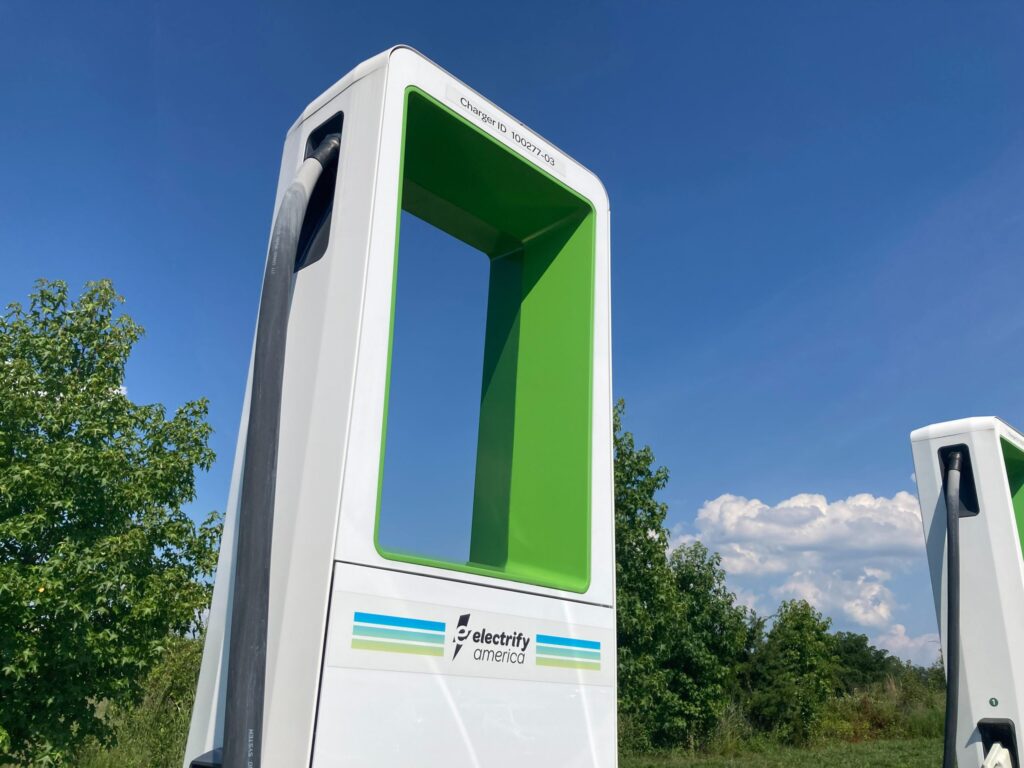
Charging your Tesla at the grocery store feels like doing your environmental part—until you realize those cooling fans might be stirring up more than environmental goodness. New UCLA research reveals that EV fast-charging stations create localized spikes in dangerous air pollution, turning green energy pit stops into unexpected health hazards.
The Invisible Problem With Visible Solutions
Fast-charging cabinets redistribute settled particles through powerful cooling fans, creating localized pollution hot spots.
UCLA scientists measured fine particulate matter (PM2.5) at 50 Los Angeles County charging stations and found concentrations ranging from 7.3 to 39.0 micrograms per cubic meter. Compare that to nearby urban areas without chargers: just 3.6 to 12.4 μg/m³. The culprit isn’t the electric itself but those powerful cooling fans inside charging cabinets, which kick settled dust, tire particles, and brake debris back into the breathing zone around your car.
“There’s no healthy amount of fine particulate matter to breathe, and the amount around fast chargers for electric vehicles is about twice as high as background levels,” noted UCLA environmental health professor Yifang Zhu. These particles measure less than 2.5 micrometers—small enough to penetrate deep into your lungs and enter your bloodstream, potentially triggering heart and lung problems.
The Range Anxiety You Didn’t Know About
Pollution levels drop sharply within hundreds of meters, creating highly localized health risks.
The pollution concentrates within a few meters of the power cabinets but drops to normal city levels hundreds of meters away. Tesla Superchargers dominated the study, but the issue affects all high-powered DC fast chargers. Like a bad WiFi signal, the health risk has a sharply defined radius.
The fix isn’t rocket science. Adding air filters to cabinet intakes, raising air inlet heights, and avoiding placements near schools or apartments can dramatically reduce exposure. Some companies like ChargePoint already enforce elevated inlet standards. Meanwhile, gas stations remain far worse for public health due to volatile organic compounds and carcinogens like benzene.
Engineering Our Way Forward
This represents a solvable engineering challenge rather than a fundamental flaw in EV infrastructure.
This research adds nuance to EV infrastructure planning without derailing electrification. You’re still breathing cleaner air overall when cities replace gas stations with charging networks. The particulate issue represents an engineering challenge, not an environmental catastrophe—think software bug rather than hardware failure.
Consider adding regulatory timelines for implementing these fixes to give you actionable context about when these improvements might arrive. As charging networks expand, expect manufacturers to prioritize filtration systems and smarter siting guidelines. Your lungs will thank them.
Last modified: August 16, 2025







